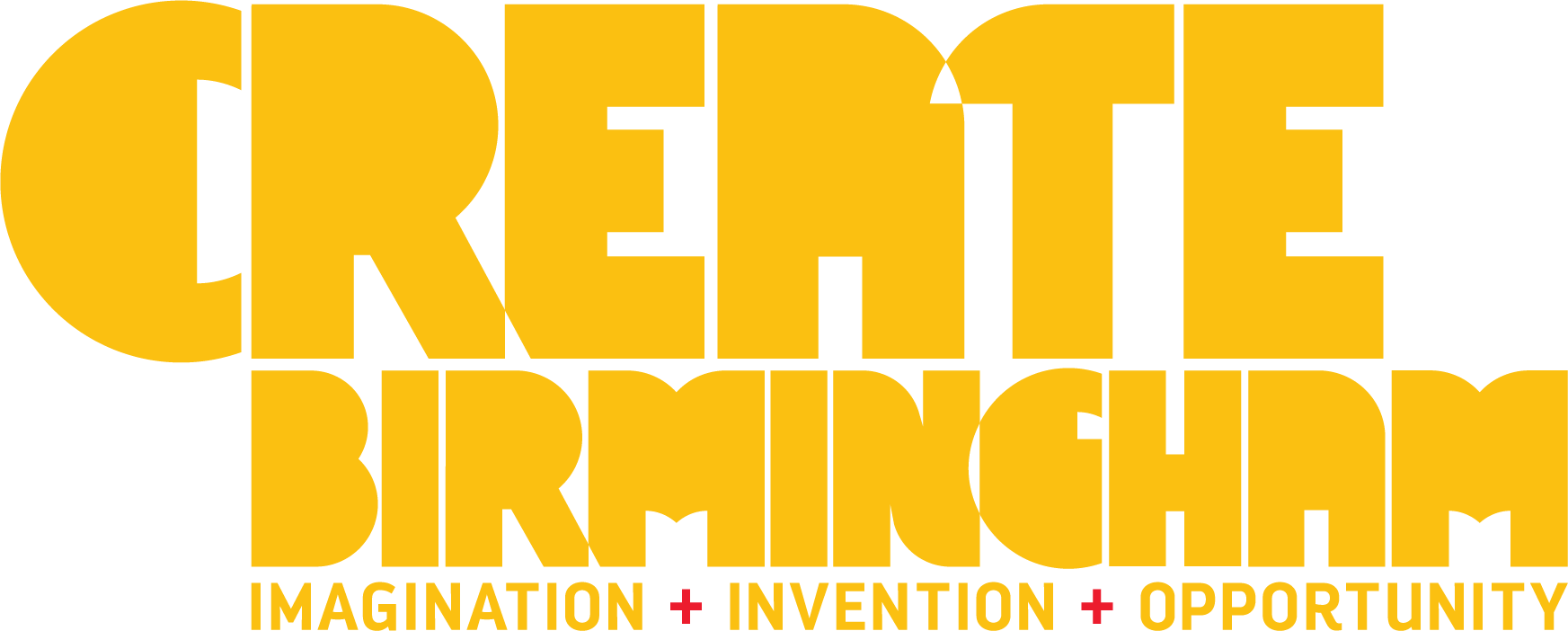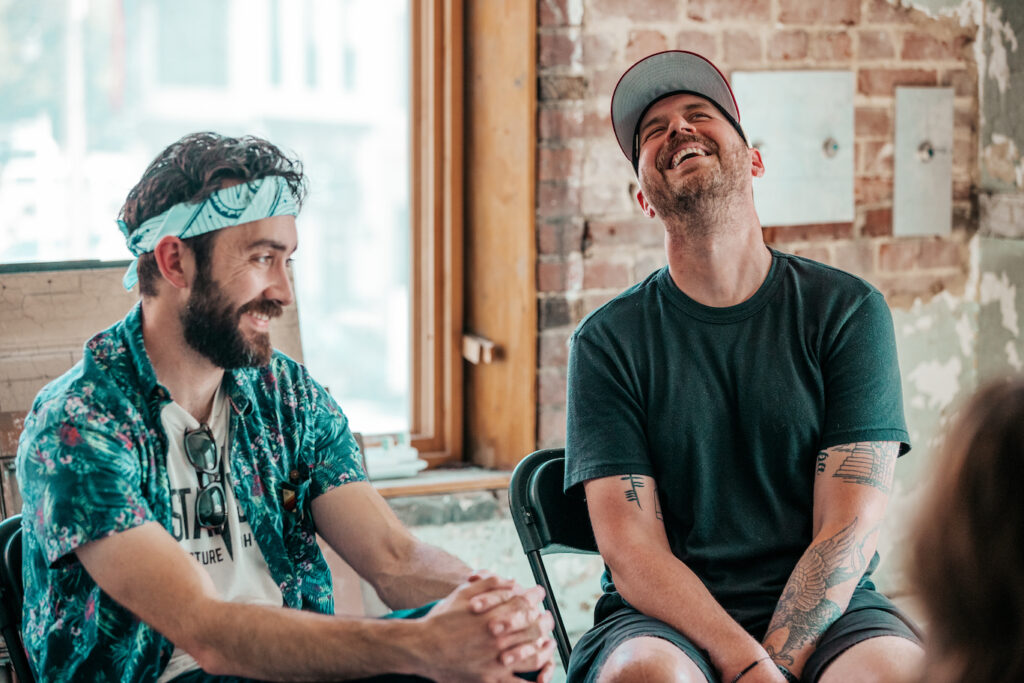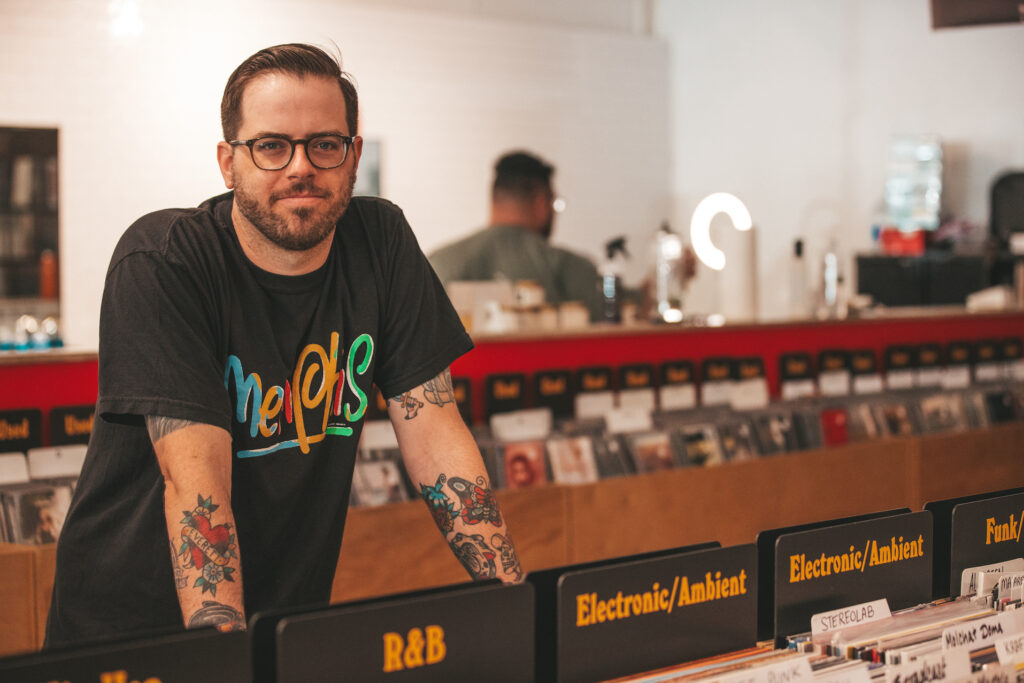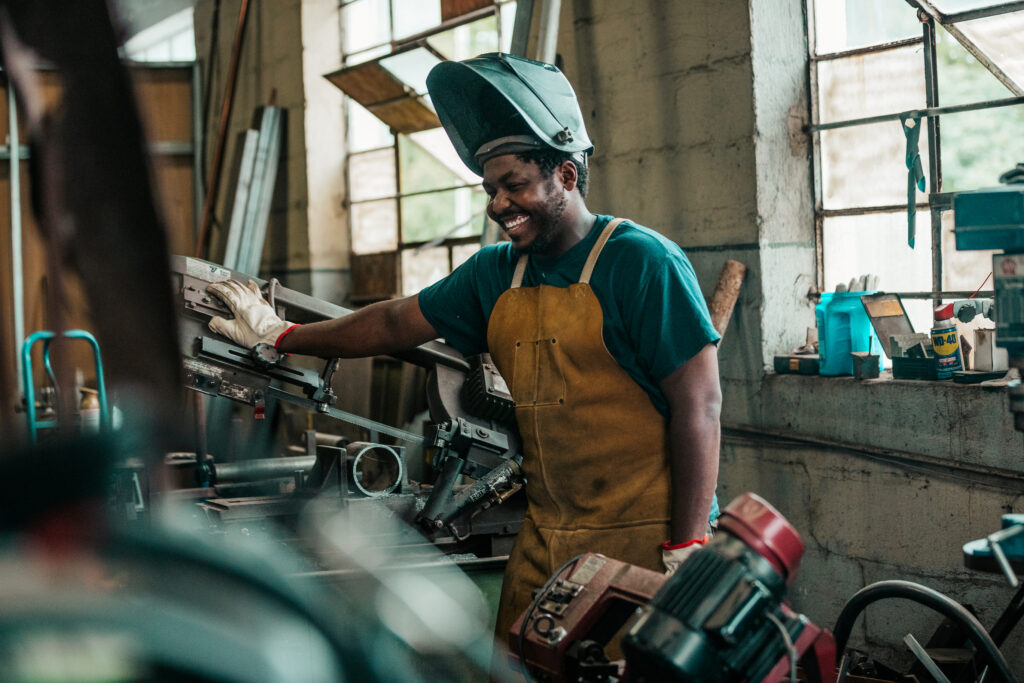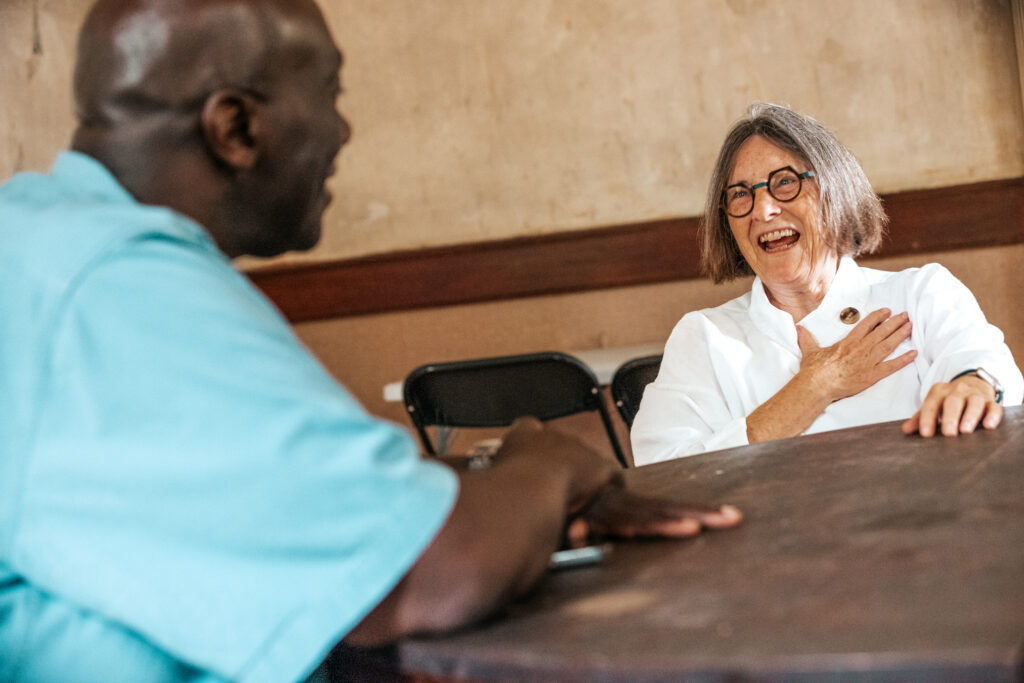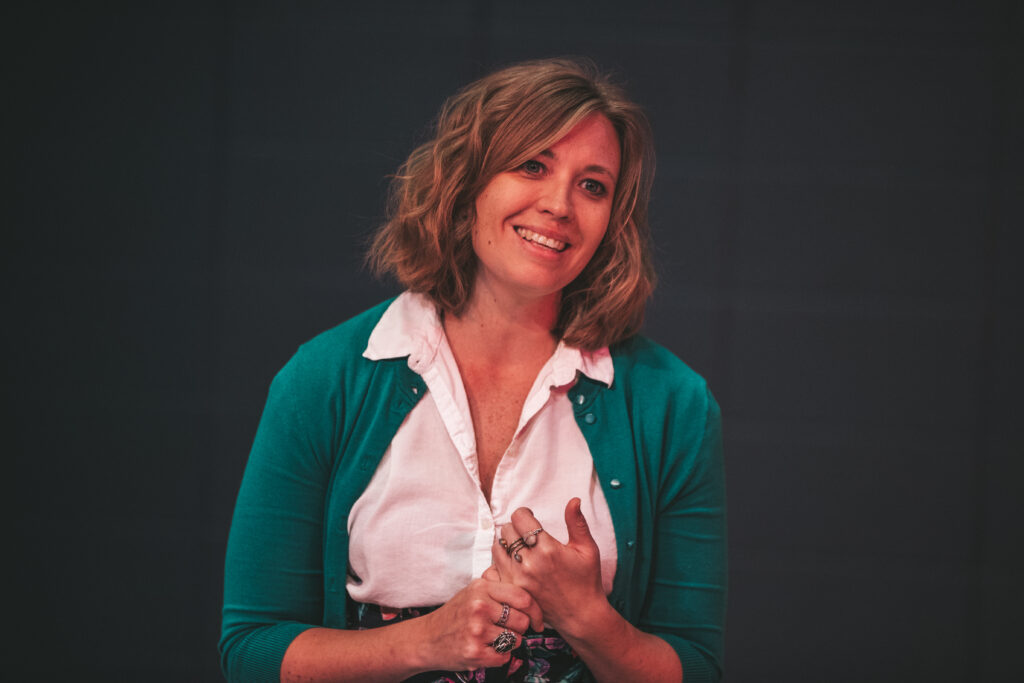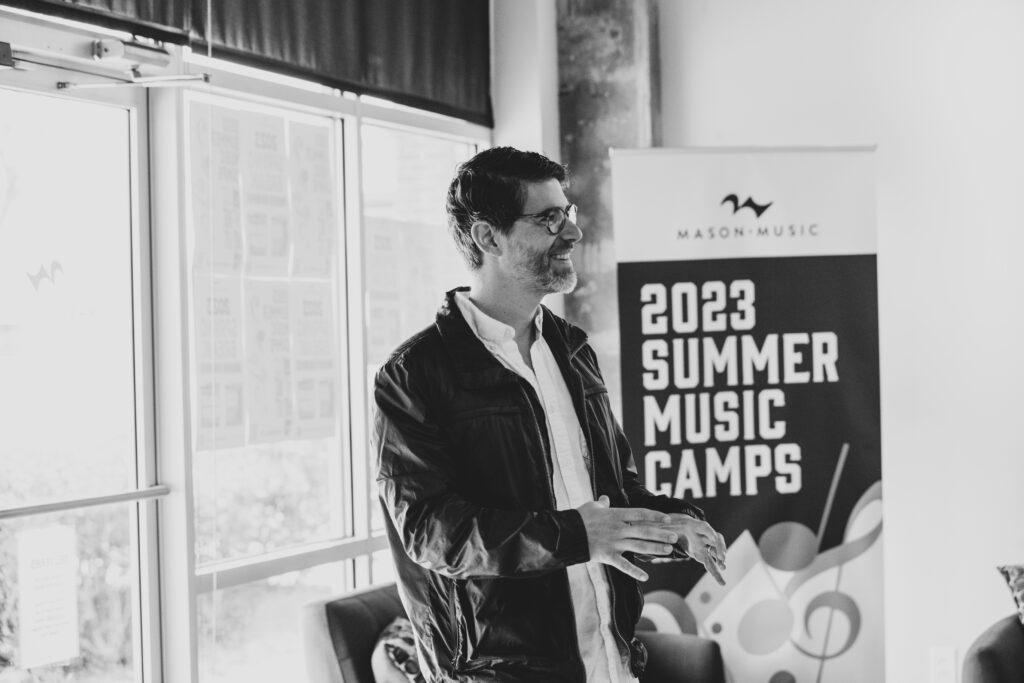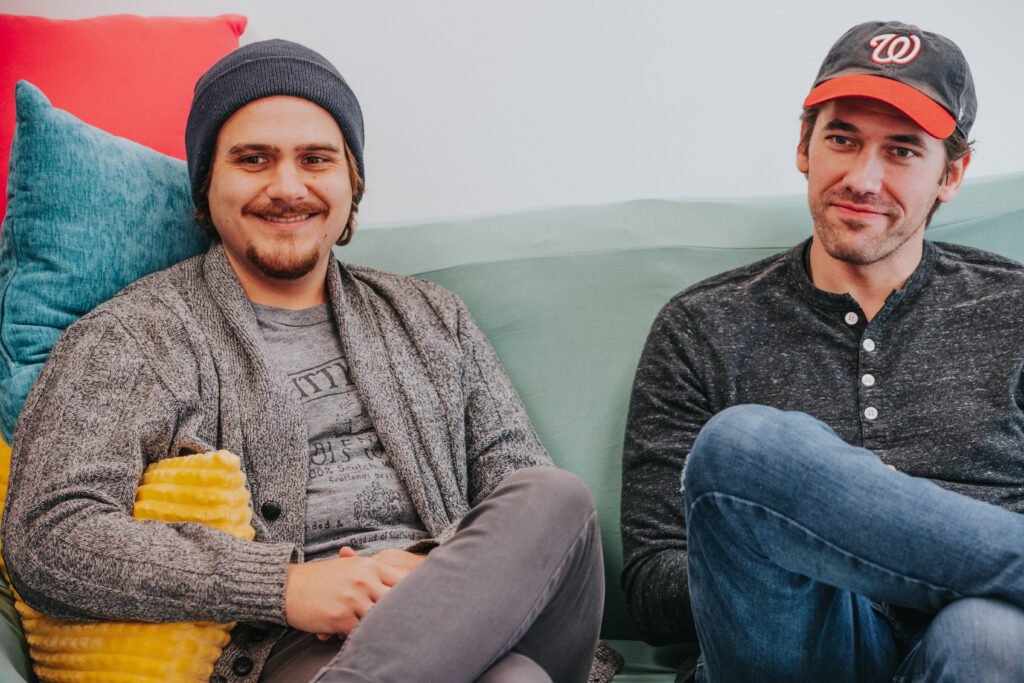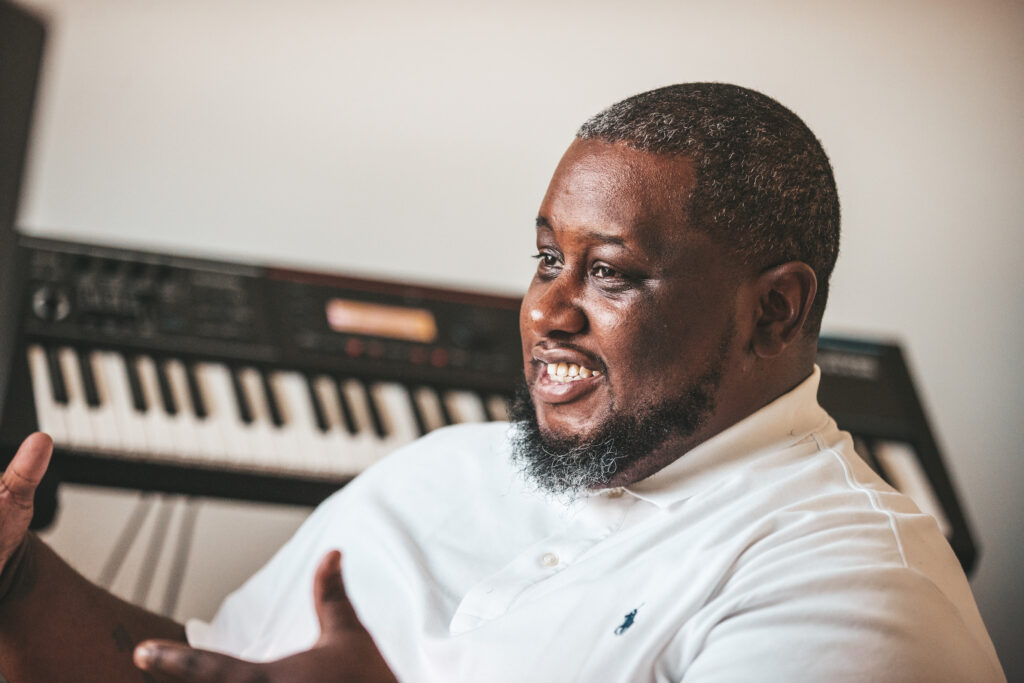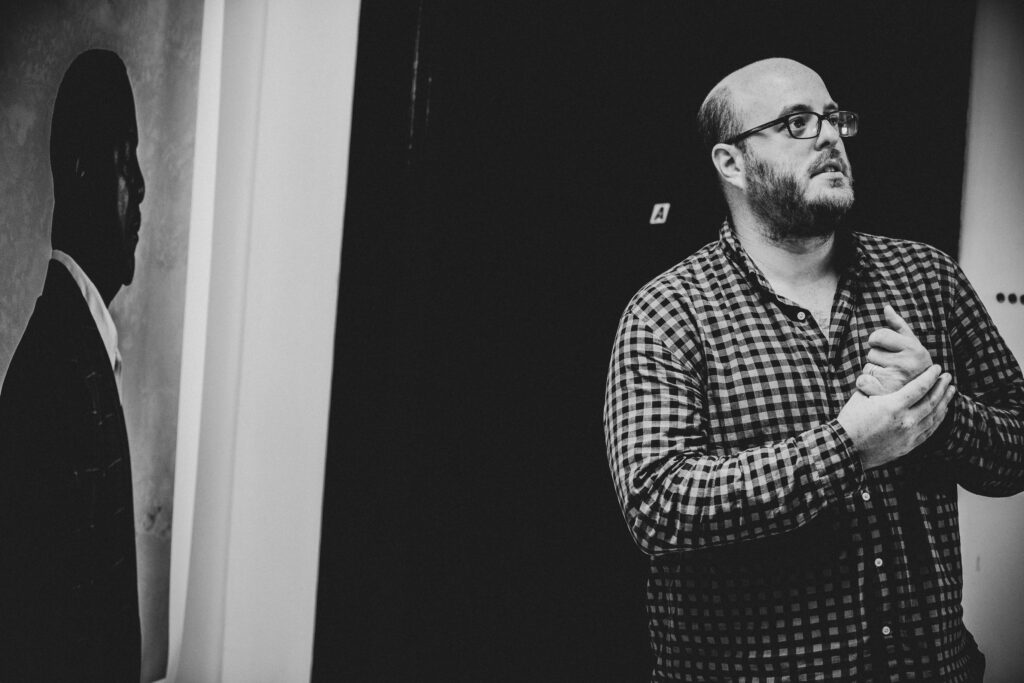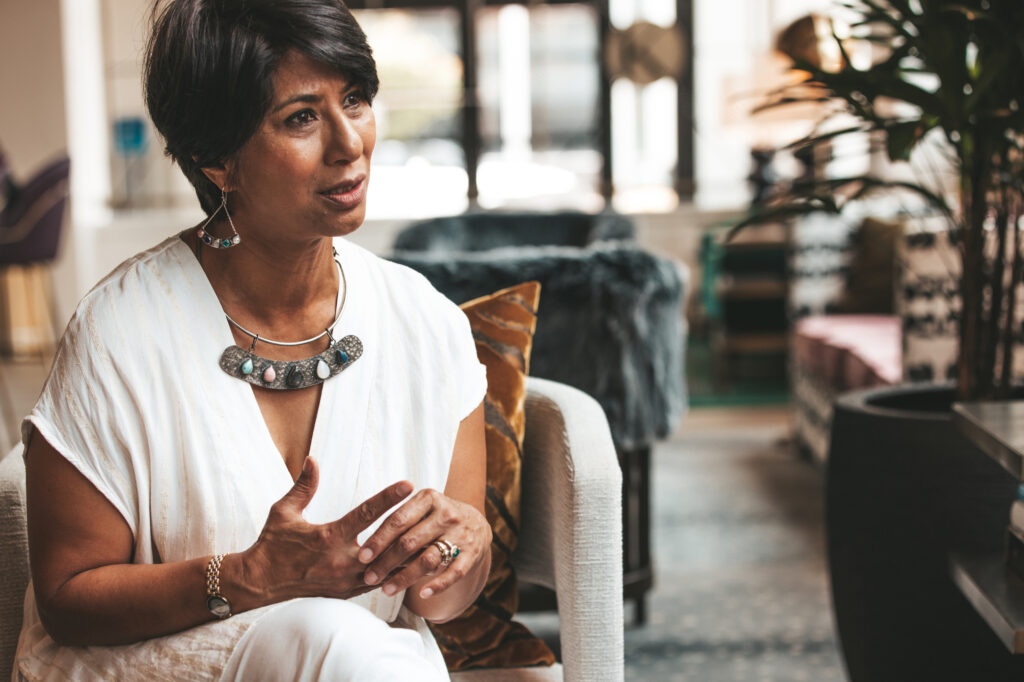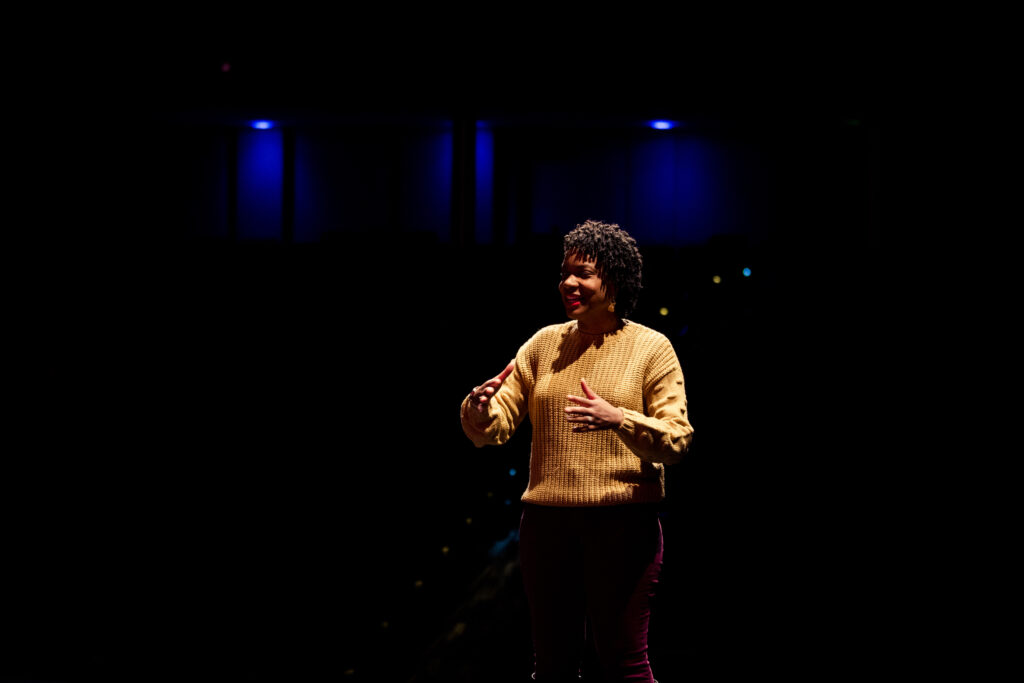“We believe that a true community emerges best from unplanned encounters. One of the best things we have learned from our small space is that everyone has something interesting to share. Working out of your basement or garage is a lonely enterprise, and a lot of people give up when something that was once fun becomes monotonous. That will not happen here.”
Creative Industry: Design
1. MAKEbhm is moving into a much larger space in January; can you fill us in on the details?
We have always called our current location a ‘prototype’ of what MAKEbhm ought to be. By that I mean that nothing in my background or training as an architect provided any insight into how to run a membership based organization or run classes or manage a facility like this, and the only way we were going to figure it out was by jumping in and trying it. So our Continental Gin location was basically trial by fire, and we learned a lot about what this community needs, what seems to work, and a lot of useful things about what doesn’t work. We always said that we would be in a good spot when we were so busy that it was uncomfortable where we are, and we got there a few months ago.
So, with some lessons learned, we approached it by asking ourselves and MAKE’s users, “what would your dream workplace look like?”, and then we set out to more or less re-define the “workplace” as a space that allows people to work in a variety of modes—dirty, quiet, loud, clean, with power tools, hand tools, pencils or clay—but that is fundamentally driven by curiosity and a desire to see something imagined become real.
What that means in terms of our space is that, in addition to offering improved facilities for our various studios, and in addition to offering more of all of the things we are already offering, in particular flexible space options that let people plug in and get going, having more space gives us a chance to blur the lines between workplace, hobby, and community. So we have tried to limit doors and walls to areas where they are absolutely necessary. We will also have some key additions to our studios that our current space has limited us on. Not all of this is going to happen from day one, but over the next year look for some of the following things to happen:
- Our Wood Studio will basically double its footprint, and thanks to a big, properly engineered dust collection system we can finally have some sanding capacity. We also have a big, shiny new planer I can’t wait to play with. And Richard Barrett, one of our members, has prototyped a great wood workers bench that I think we are going to clone so that we can have real workbenches. That may not sound like a big deal, but it is.
- The Metal Studio will have its own space away from wood finally, so we can run those simultaneously instead of having to schedule them separately. Also, it gives us room and power to add some cutting and milling capacity sometime in the future.
- Ever since Yellowhammer moved into their own space, we have mothballed our screen-printing shop. That will get new life and the addition of a dark room and nearby wash out area will give us the ability to burn our screens like pros burn screens.
- Ceramics, which has become really popular over the last year, will have more elbowroom. This will give us an opportunity to eventually add a slab roller, a slip casting table, and a glazing booth. Also, a properly ventilated kiln room will be inside the studio.
- Bici Coop, which currently occupies a corner of the current space, will have their own front door, and hopefully that will allow them to have some shop hours in addition to their 6-8 monday/thursday.
- Radio Free Alabama is also making the move with us. They will have a nice quiet corner to work in.
- My architecture firm, Standard Creative, will finally be in the same location as MAKE, hopefully making my life a little less complicated
- and Macknally Land Design, the local Landscape Architects responsible for some great public spaces like railroad park and crestwood park, will be moving in alongside us as tenants.
- This spring, once the dust settles a little, we hope to be live with a real, bona fide, co-working space that will give freelancers and small design-y firms a space to set up work alongside other serious, like-minded people.
And with all of this we will all share in common resources, such as the break area, work tables & WiFi. Hopefully coffee, too. We need a coffee partner. We will even have a shower so you can wash off if you’ve gotten particularly filthy.
2. What can you tell us about the membership plan for the new space?
We are keeping it super-simple, and super-affordable to begin with. Each Studio—Wood, Metal, Print, and Ceramics will be the exact same price—$100 per month if you sign up for 6-months, or $150 per month if you just want to go month to month. If people sign up for 2 or more memberships, then we will even take 10% off the additional studio membership Its probably not sustainable to keep it that low, realistically, but we want to make it as affordable as we can. We are also working on Student and Post-grad discounts. We rely on our Working Members to help us keep things going, so there are always opportunities for people to get a deeper discount if they are willing to work for it.
And some people just need space, so we have simplified that, too, by blocking out areas into work spaces that measure 9’x9’, and people can rent out as many as the need. Power, Wifi, and all of that stuff is rolled into one monthly price, and, just as with the memberships, we will give a discount for people who sign up for 6 months or more that basically gets them the 6th month for free.
3. Why was it important to you to provide a space for Birmingham makers to make?
Not everyone gets to go work every day at creative agencies or companies like DAXCO that have Google-like work environments. But awesome workplaces are awesome because they are drive by a culture of trust and collaboration, and they are filled with talented people.
But not everyone is a graphic designer or a software engineer, and we don’t subscribe to the notion that offices need to be only with other offices, or that tech/biotech/software development companies need to silo in one place, or that certain kinds of work should be relegated to gritty industrial pockets. This is truly post-industrial era and the boundaries between ‘thinkers’ and ‘doers’ is increasingly blurry and, frankly, irrelevant. So have the fundamental importance of corporations in a person’s ability to make their living.
But options are pretty limited for small (really small businesses) as far as space goes. Its either nasty or expensive. And having started a couple of businesses, I understand how stressful just getting going is. So we feel like its really important to make that happen, and not just in a bootstrapped kind of way: we want that experience to be fun, and for the environment to be inspiring.
We believe that a true community emerges best from unplanned encounters. One of the best things we have learned from our small space is that everyone has something interesting to share. Working out of your basement or garage is a lonely enterprise, and a lot of people give up when something that was once fun becomes monotonous. That will not happen here.
4. What kind of workshops can we look forward to seeing in 2016?
More. We are working on some project-based workshop concepts: multi-day projects that go deeper than we currently are able to go. Also, we are constantly working on ways to connect different workshops—for instance stringing together a welding class that builds a table base with a wood class that builds a top.
One exciting thing that we will be adding soon after we get operational in Avondale will be training workshops on AutoDesk’s Fusion 360 modeling platform. Fusion 360 is a really powerful, cloud-based 3-D modeling platform that is actually fairly intuitive. 3D modeling is a really powerful tool for visualizing an idea and working through iterations. Fusion streamlines this process by combining the functionality of several different platforms into one package.
One of the reasons we haven’t pushed 3-D printing and CNC machining is simply that there aren’t many people who actually understand how to work with 3-D modeling software. And until they know that, rapid prototyping tools aren’t going to help them. So we are using Fusion 360 and this partnership with AutoDesk to be more proactive in ramping people up.
